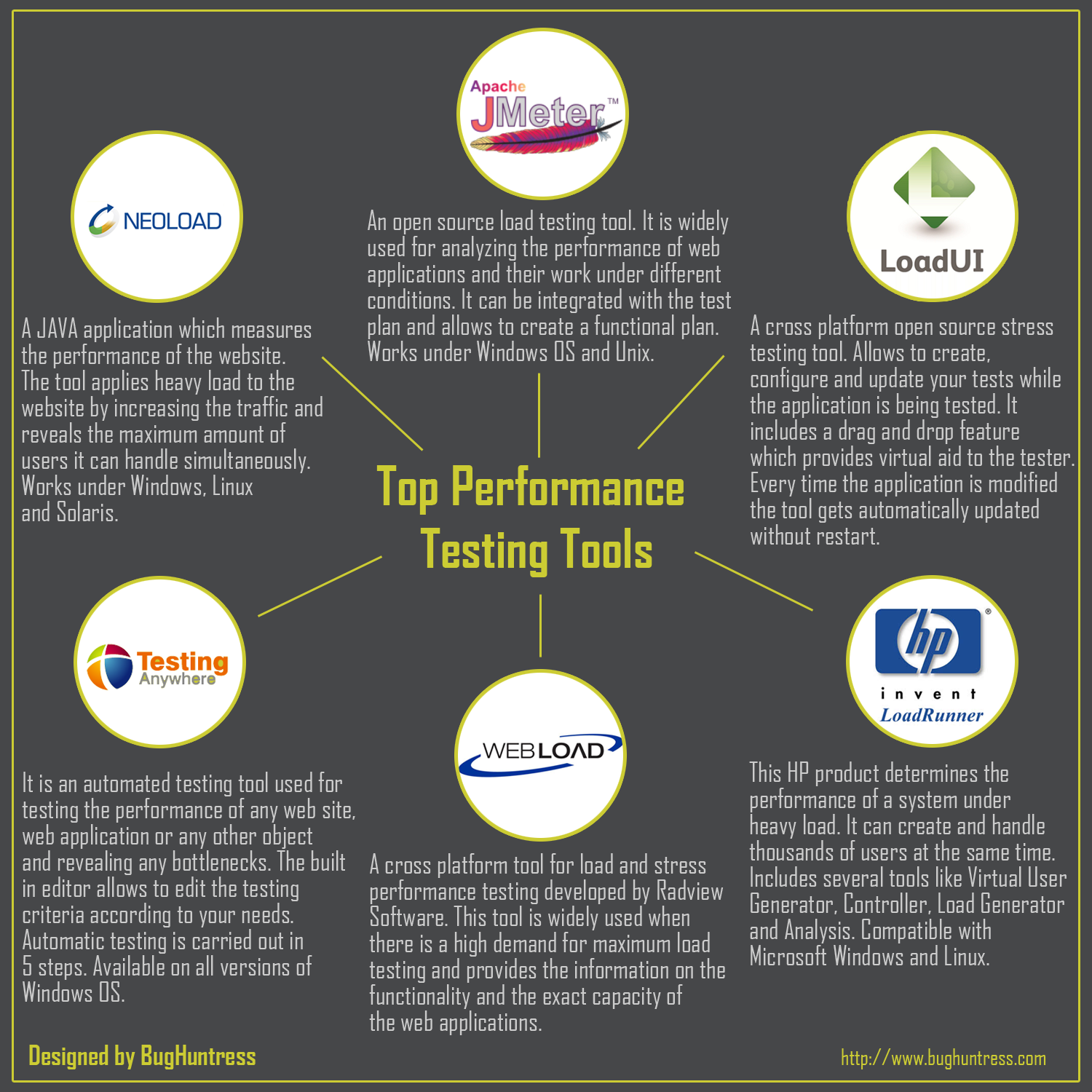Recognizing Numerous Software Growth Frameworks: Which One Functions For You?

Short Article Created By-Patel Driscoll
When navigating the world of software application development approaches, the essential hinge on locating the method that ideal suits your task's special requirements. Each approach provides unique advantages and downsides, affecting efficiency, versatility, and total task success. By thinking about https://articlescad.com/a-novices-overview-to-developing-a-successful-software-development-job-strategy-trick-tips-83758.html like team dimension, project range, and customer involvement, you can strategically align your approach with your objectives. So, exactly how do you establish which technique is the ideal suitable for your following task? Let's discover https://www.smart-energy.com/industry-sectors/smart-grid/smart-grid-ready-chip-under-development-for-smart-meters/ and reveal the optimal technique tailored to your details requirements.
## Agile Approach Overview
When diving into the realm of software program advancement methods, among one of the most extensively taken on techniques is the Agile methodology. Agile concentrates on repetitive development, where requirements and services advance via collaboration between self-organizing cross-functional teams. This methodology values customer complete satisfaction through early and constant delivery of valuable software application.
Agile advertises adaptive preparation, transformative advancement, very early distribution, and continual enhancement, which allows groups to react to change swiftly and efficiently. By damaging projects into little increments, Agile allows for versatility and the capacity to adjust concerns based on customer feedback.
Among the key concepts of Agile is its emphasis on individuals and communications over processes and devices. By cultivating open interaction and partnership, Agile groups can interact effectively towards an usual goal.
This technique urges a frame of mind change towards embracing modification and continuously looking for means to improve the development procedure.
## Scrum Vs. Kanban Contrast
For those navigating the landscape of software application advancement methods, understanding the distinctions in between Scrum and Kanban is crucial. Both Scrum and Kanban are popular Agile approaches, yet they've distinctive features that satisfy different task demands.
Scrum is much more structured, with defined roles, time-boxed iterations (sprints), and specific events like sprint preparation, day-to-day stand-ups, sprint review, and retrospective conferences. It emphasizes delivering a potentially shippable product increment at the end of each sprint.
On the other hand, Kanban is a lot more versatile and concentrates on continual shipment. It envisions work on a Kanban board, limits operate in development, and intends to maximize flow and lead time. Unlike Scrum, Kanban doesn't have recommended roles or time-bound models, making it a suitable selection for groups with differing work or regular adjustments in priorities.
Understanding these nuances can help you determine which approach lines up ideal with your project demands.
## Picking the Right Approach
Browsing the landscape of software advancement techniques includes choosing the appropriate method that straightens with your task requirements. To pick the appropriate technique, take into consideration aspects like task size, intricacy, team size, and the degree of flexibility needed.
For bigger tasks with distinct requirements, a traditional Waterfall technique might be appropriate. If your task is extra iterative and calls for adaptability, Agile approaches like Scrum or Kanban could be far better alternatives. Scrum is suitable for tasks with altering requirements and a requirement for routine responses, while Kanban is better suited for continuous distribution and process visualization.
For very uncertain tasks where demands progress often, the Lean technique may be the appropriate choice. Inevitably, the trick is to assess your task needs, team characteristics, and business culture to determine which methodology aligns ideal with your goals and constraints. By picking the appropriate strategy, you can enhance efficiency, partnership, and the general success of your software growth ventures.
## Conclusion
Inevitably, the key to success in software growth lies in choosing the right approach that aligns with your job's unique requirements and objectives. By exploring the various choices readily available, such as Agile, Scrum, and Kanban, you can make an informed decision that establishes your team up for success. Remember, https://anotepad.com/notes/ik4qs7pi can make all the difference in providing a successful job on schedule and within spending plan.

